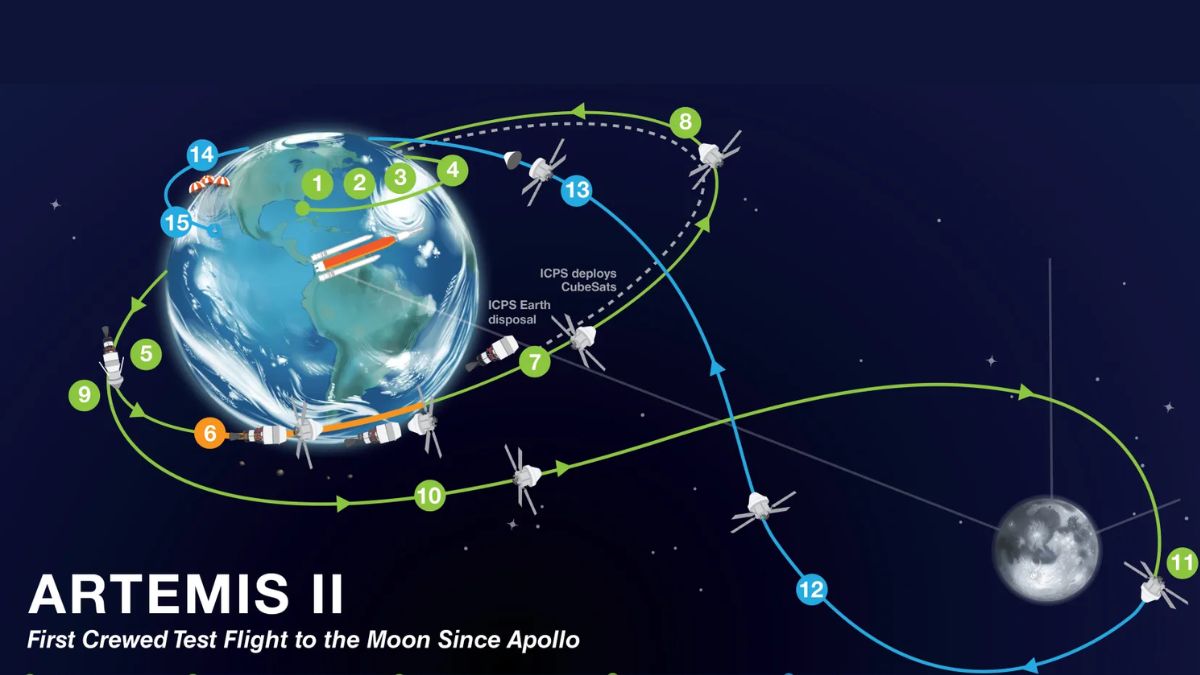China's 11,000-Meter Drilling: Uncovering Earth's Secrets or Chasing Shadows?

In a groundbreaking move that sounds like something straight out of a science fiction novel, China has embarked on an awe-inspiring journey deep beneath the Earth’s surface. They're sinking a borehole more than 11,000 meters into the Taklimakan Desert—a quest that could revolutionize our understanding of what lies beneath us. Launched in May 2024, this ambitious project is being hailed as one of the most significant scientific drilling efforts ever, rivaling the legendary Kola Superdeep Borehole in Russia.
This operation, confirmed by the Xinhua News Agency, is being touted as a major milestone in China’s deep-Earth exploration endeavors. Overseen by the China National Petroleum Corporation (CNPC), the drilling is expected to take around 450 days to reach its target depth—a daunting task in the remote Tarim Basin of Xinjiang. The aim? To penetrate 10 layers of continental strata and reach the Cretaceous system, a period that dates back over 145 million years.
But why dig so deep? The Cretaceous layer is a treasure trove of information about the Earth’s history, offering insights into ancient climate records, tectonic shifts, and even the origins of fossil fuels. By drilling into this untouched realm, scientists hope to unravel mysteries that have remained hidden for eons.
The Tarim Basin is infamous for its energy potential, with vast reserves of oil and gas trapped in complex geological formations. Recently, Sinopec, China’s leading refiner, reported impressive flows from depths of 8,500 meters. However, this new borehole is set to push those boundaries, with technical expert Wang Chunsheng revealing the goal to decode mysteries of a part of the planet that has remained unscathed for millions of years. This endeavor may uncover new energy deposits and enhance existing models for earthquake prediction, subsurface mapping, and geological dating.
Yet, this monumental task isn’t just about drilling a hole; it’s a logistical challenge of epic proportions. The drilling rig, weighing over 2,000 tonnes, must withstand extreme temperatures of 200°C (392°F) and pressures 1,300 times greater than those at the surface. Such conditions threaten to buckle steel and snap cables, making this project a true test of human ingenuity and resilience.
A look at history reveals that ultra-deep drilling projects often face unpredictable rock behavior and sudden collapses—challenges that plagued the Kola Superdeep Borehole, which reached a depth of 12,262 meters before being abandoned. Remarkably, that project yielded some of the most astonishing scientific discoveries, including finding microscopic plankton fossils at 6,000 meters and unexpected water deposits.
Sun Jinsheng, a geoscientist at the Chinese Academy of Engineering, has likened this drilling endeavor to “driving a heavy truck along two silk threads,” emphasizing the extreme delicacy required in operations at such depths.
This deep-earth initiative dovetails with President Xi Jinping’s 2021 directive calling for breakthroughs in frontier technologies—spanning space exploration, deep-sea mining, and Earth sciences. The launch of this borehole follows close on the heels of ambitious Chinese missions to the Moon, Mars, and even an asteroid return mission. It’s clear: China is pushing for a dual exploration model that reaches both outward into space and inward into Earth’s crust.
This strategy reflects a growing global interest in understanding subsurface dynamics as nations seek new energy sources and climate data amid rising uncertainties. A report from the US Geological Survey has highlighted the importance of deep drilling in locating rare earth elements, hydrocarbon basins, and seismic fault zones. Through this borehole, China aims to improve global geological models while simultaneously fortifying its energy independence and scientific standing on the world stage.
What lies beneath? Whether new fossil fuels, ancient microbial life, or geological anomalies await discovery, the implications of this drilling expedition could redefine not only our scientific understanding but also the balance of knowledge in a world increasingly hungry for resources.

















